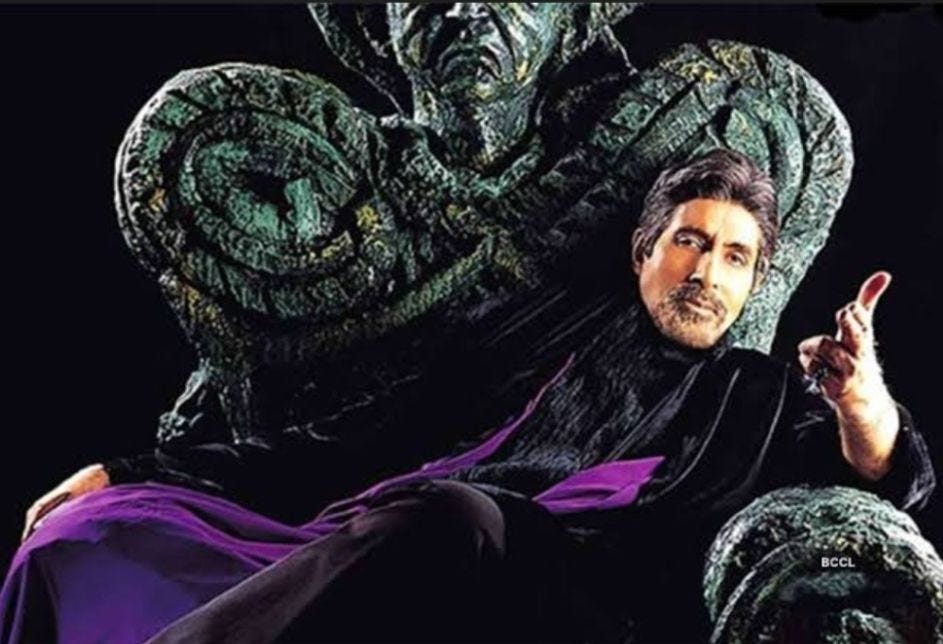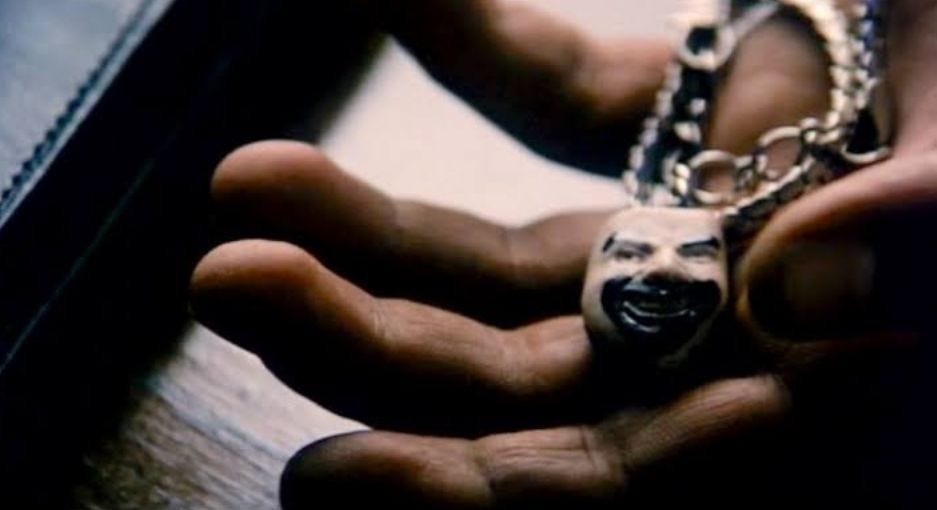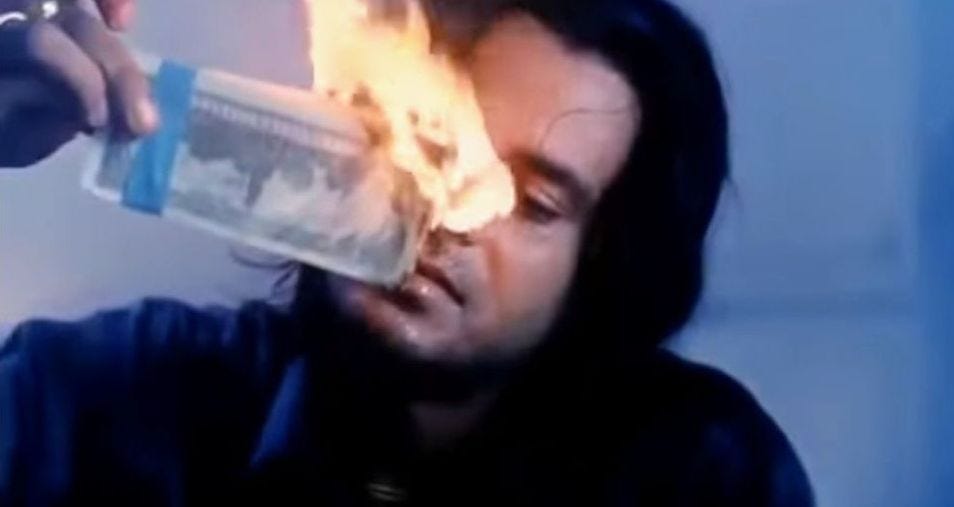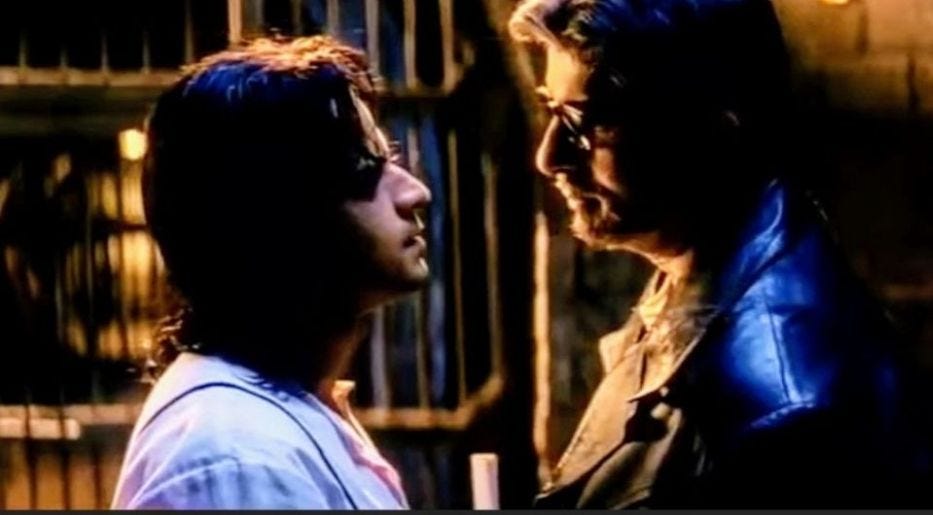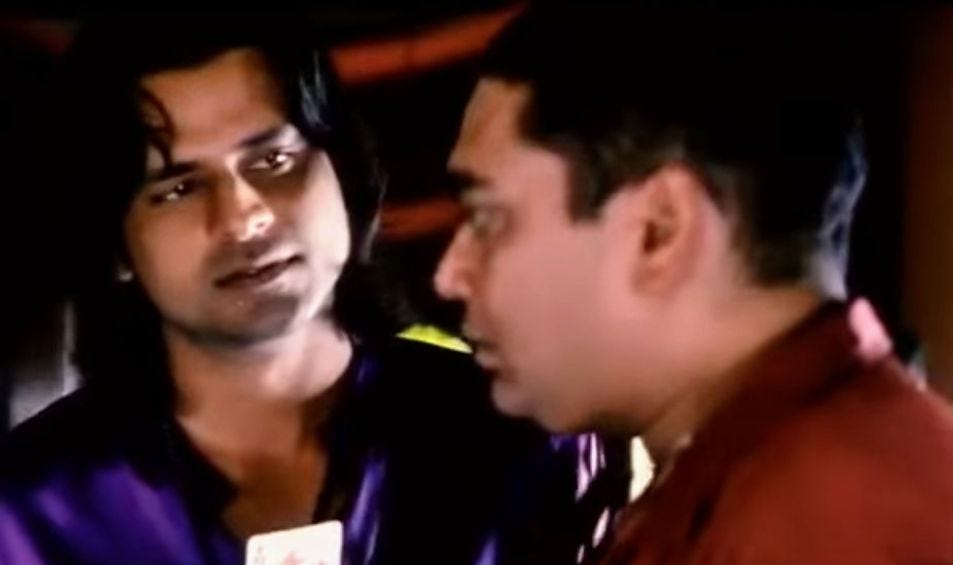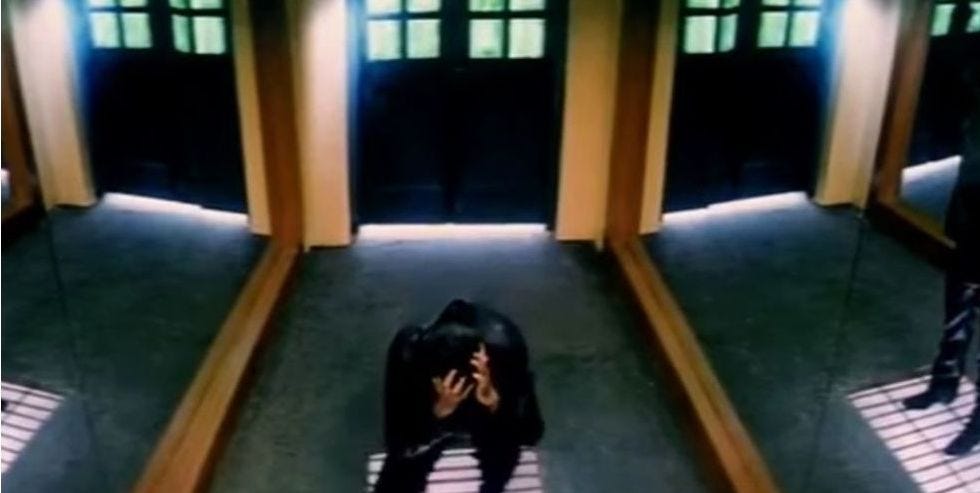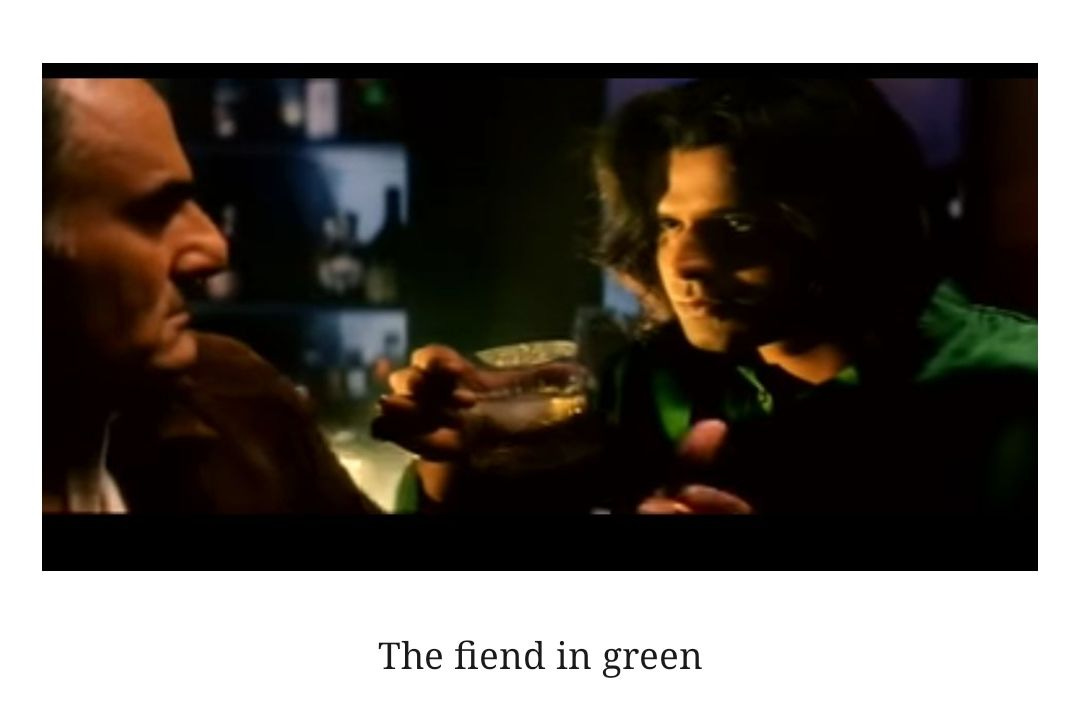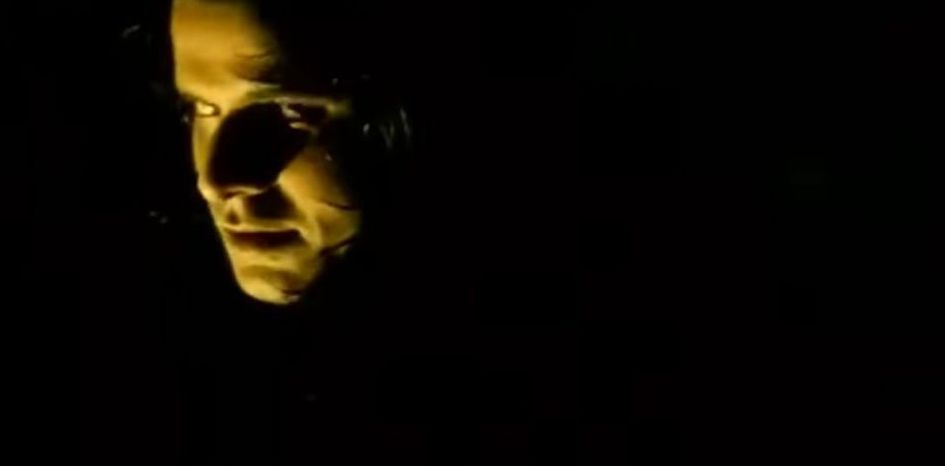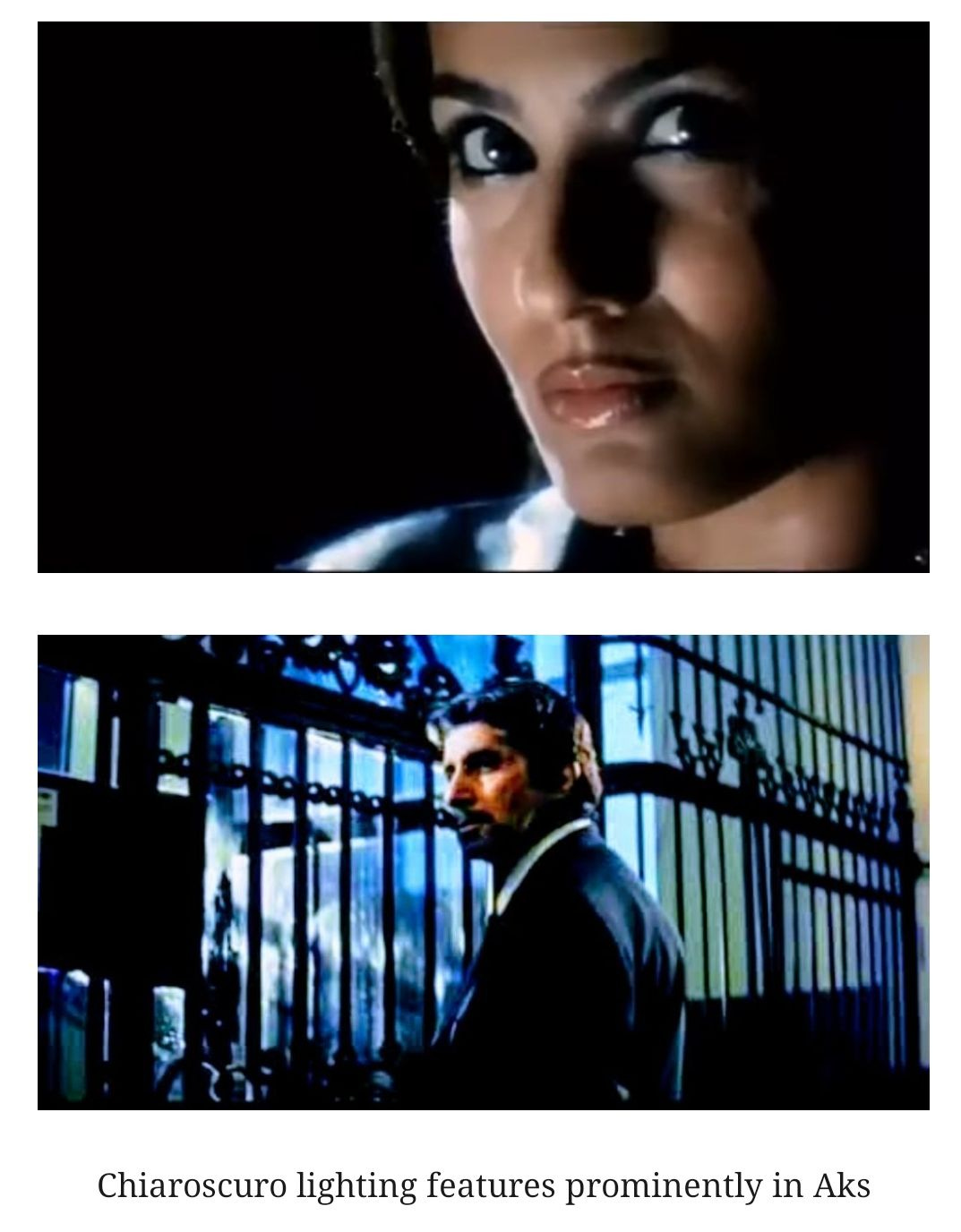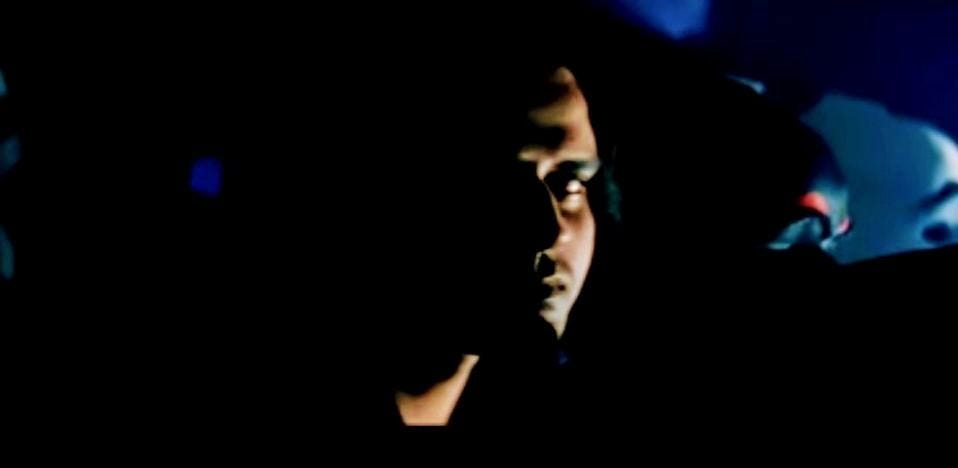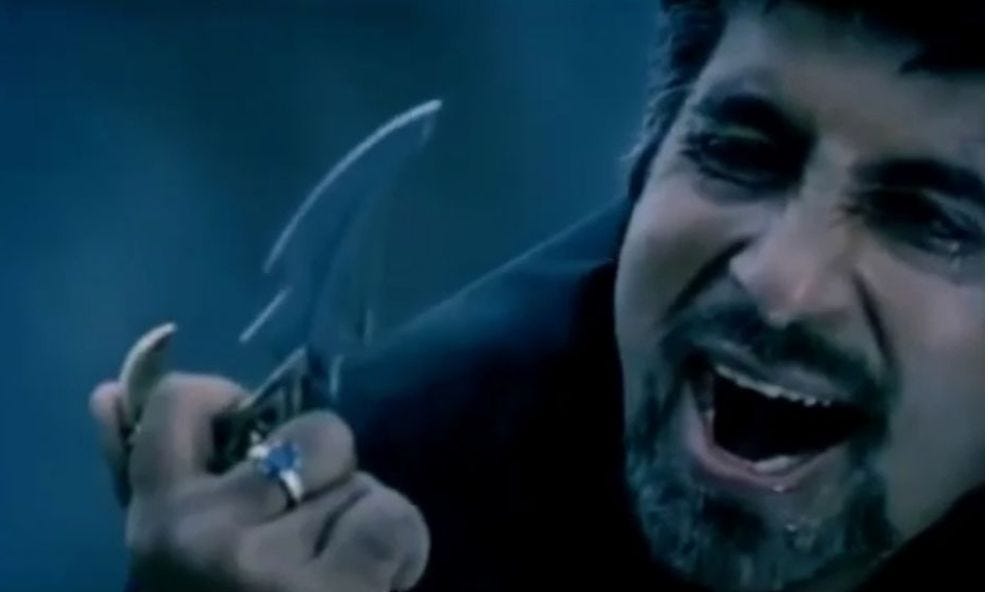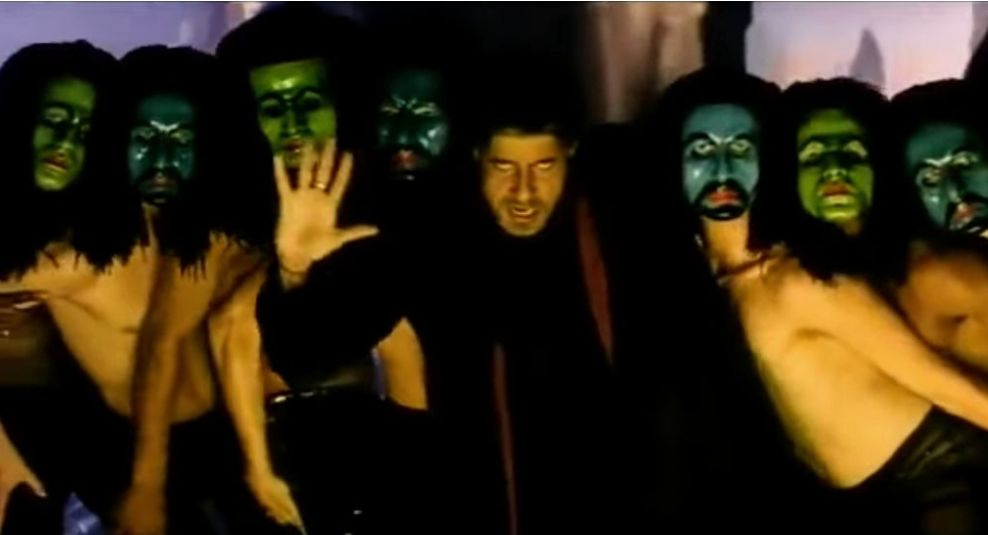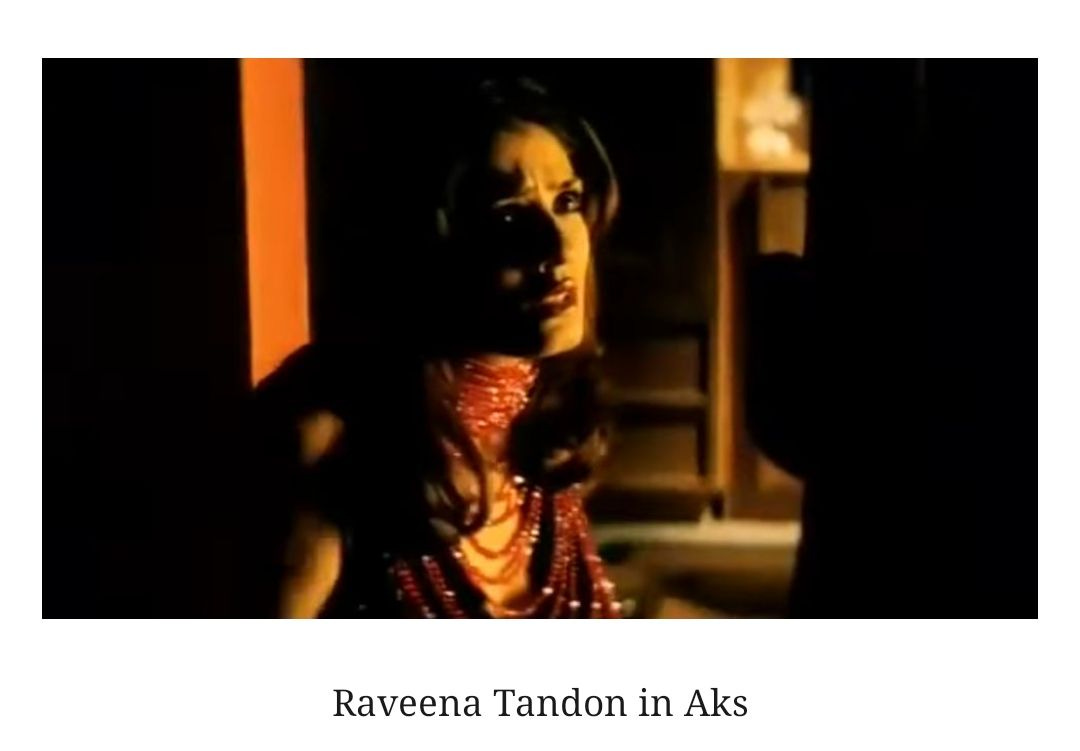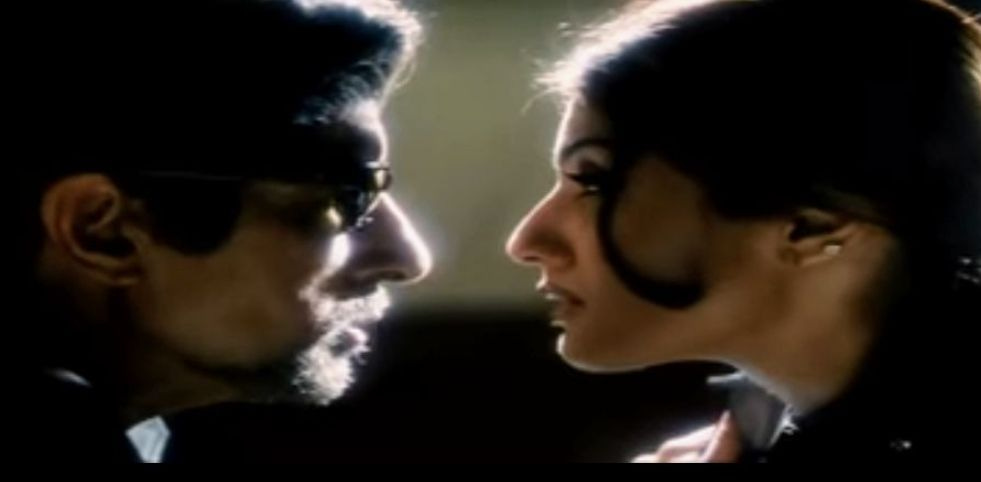Exploring the unexplored: The neo-noir horror stylings of 'Aks'
Long before filmmaker Rakyesh Omprakash Mehra strode onto the mainstream Bollywood scene with the revolutionary and still beloved coming of age Rang de Basanti (which even generated Oscar buzz upon release), later following it up with the critically acclaimed biopic 'Bhaag Milkha Bhaag', he debuted with the lesser known paranormal thriller ‘Aks’ in 2001.
Mehta's niche directorial debut boasted of a bizarre, kitschy but altogether engaging concept which can be best described as a twisted, macabre version of 'Freaky Friday' (minus the funny bits), an interesting albeit slightly underwritten amalgamation of brash characters with shades of grey and questionable motives, a soundtrack that remains a earworm (especially the catchy 'Bandaa Yeh Bindass'), as well as a spooky, detailed set design and props that lend a 'Phantom of the Opera’-esque touch to its overall supernatural themes and dark tone. It even brought to the table a star studded, impressive cast comprising Raveena Tandon, Amitabh Bachchan (who was also credited as a producer), Manoj Bajpayee in a scenery-chewing antagonistic role that not only showcased his knack for method acting, but also makes one forget that he played a charismatic and dreamy prince in 'Zubeidaa' the same year.
But, alas, the audience was yet to accept movies of an experimental nature particularly in an era overly saturated with blockbusters that stuck to the tried and tested romantic musical formula, and thus, even if ‘Aks’ fetched accolades for the aforementioned actors, it didn't exactly set the box office registers ringing and neither is it as widely discussed as Mehra's later filmography. It is still however a commendable effort at capturing the chilling essence of an out of the box genre that's rarely ever explored in Bollywood- Neo noir horror.
A Villain Who's More Monster Than Man
Guillermo Del Toro, who's noted for interspersing elements of neo noir with horror in works such as ‘Pan's Labyrinth' and ‘Nightmare Alley', once remarked that "The real monsters are the humans not the fantastical ones" and Mehra stays true to this phrase by introducing viewers to the undead, sadistic yet ultimately captivating Raghavan.
Dead or alive, Raghavan is certainly someone who doesn't fail to leave a lump in one's throat with his downright creepy, intimidating behaviour and altogether skewed morals! When Manu initially crosses paths with the chilling and crafty hitman while interrogating him for the assassination of a politician, little does he know that Raghavan will end up becoming his worst nightmare and an absolute plague upon his existence. The no-nonsence cop describes the convict as someone who's 'an entity, and a fiend but most definitely not human'. The flashback to his past in the second half somewhat humanises Raghavan by revealing a troubled upbringing, but his altogether lack of remorse and rejection of reform even after being sent away to juvie for murdering his own mother only serves to paint him exactly as Manu described. Later, he's even shown grinning at his own sentencing in a self aware fashion, as if he set out with a death wish. While his inhumane acts reveal and further place emphasis on the demon within, Raghavan also unmasks the hypocrisy of the overall judicial process, particularly in the scene wherein he passes snide remarks at the judge, mocking the system, as if holding it solely responsible for demonising him. Earlier on, he even brags to Manu that he is but a mere reflection of all that's wrong with society and that both him and his accusers are but 'two sides of the same coin'.
Raghavan's unpredictably unnerving and malicious persona is also depicted via him subtly switching between phases where he's subdued and dead-eyed, and gleefully unhinged the next. Furthermore, his penchant for twisting spiritual quotes from holy scriptures like the Bhagavad Gita or from epics such as the Ramayana for his own nefarious purpose and to even justify his crimes, i.e instances of him ominously repeating the quote 'Na koi marta hai, na koi maarta hai' (Nobody kills, nobody dies), also foreshadow his twisted and convulated ideology, as well as his overly delusional belief in immortality.
Getting the aesthetics right
The use of sound in Aks also heavily mirrors that of David Lynch's fixation with voice transmogrification and other audio techniques in order to create an atmosphere of instant dread. Instances that particularly stand out include the recurring sound effect of Raghavan tapping on the walls or window panes to draw Manu's attention to him, as well as his raspy voice and a distinct maniacal wheezing laugh (akin to the laugh of the cartoon dog, Muttley whom Bajpayee cited as a core inspiration too). Later in a climactic moment, wherein Manu faces off against Raghavan's reflection in a hallway lined with mirrors, the latter lowers his voice to a fiendish growl and ultimately both their voices intermingle, resulting in a 'marriage of sound' and a distorted cacophony that amounts to a heightened sense of paranoia. Even foot-tapping compositions such as 'Banda Ye Bindaas Hai' are cleverly weaponised in Aks with Raghavan showing up uninvited to Manu's date night with Supriya, throwing a spanner into the protagonist's wedding anniversary celebrations to assert his dominance over the inspector yet again, this time quite literally forcing Manu to dance to his tunes in the presence of his unsuspecting wife who continues to look on amusingly, taken aback by her usually brooding husband's impromptu and unusually bold 'change in demeanor'!
To borrow a quote from Guillermo Del Toro yet again- “Color should tell you about the character” . In 'Aks' too, colours such as blue, purple and green (which frequently also play a part in the works of David Lynch, a pioneer in the field of neo noir horror/psychological thriller genres) receive top billing, offering an insight into the unsettling mind frame of its character(s).
In the book 'If It's Purple, Someone Is Going To Die' by color theorist and author Patti Bellantoni (the title of the book is a dead giveaway in itself), the colour purple holds a 'powerful sway in the realm of the noncorporal, the mystical, and even the paranormal' and when it's used extensively, it can signify that someone/something is going to die or be transformed. Purple is a colour that's not only omnipresent in Raghavan's fashion choices such as his trademark flashy purple shirt or the purple stripes on his prison uniform which he's wearing when he is fatally shot, but also features in the first half of the movie when Raghavan under the guise of Manu claims his first victim (a politician), proceeding to draw shut the purple curtains of his office before drawing a gun to shoot the unsuspecting man at point blank range. According to Bellantoni , green signals danger, decay, illness and evil, and she cites the skin tone of the Wicked Witch in Wizard of Oz as an example. When Manu's partner ACP Pradhan follows up on a clue that leads him to the night club, he is intercepted at the bar by Raghavan who's sporting a green shirt with an emerald ring to complement it. Soon after, in a grotesque turn of events, Manu finds his partner dead on the premises, murdered by the 'fiend in green'.
Bellantoni also refers to blue as the 'split personality colour' in her book, which simultaneously signifies the passive and introspective nature of a character. This colour is seen in action in a scene wherein a smirking Raghavan is shown surrounded by shades of blue (his shirt as well as the walls of his room which are painted in the same colour), as he calmly contemplates devious methods of dealing with his rival Yeda Yakub (played by Vijay Raaz, in a cameo appearance), an individual whom he views with disdain, perceiving him as a thorn in his side due to constant phone threats demanding for a pay cut of the hitman's earnings and who later also meets a similar blood-soaked end, much like the rest of Raghavan's victims.
No neo noir outing feels complete without the signature Chiaroscuro lighting, a technique that involves playing around with light and shadow, which subtly seeps into the visuals of Aks and adds to the dark, perturbing atmosphere of certain scenes. The use of chiaroscuro is especially evident in the first half when Raghavan disappears into the shadows as he escapes from the scene of the crime while still disguised as Manu. Later, this visual technique is also utilised in creating a sense of voyeurism, as Raghavan watches Manu grieving over Pradhan's corpse at the club, going unnoticed since he's partially obscured by the shadows and also engulfed by his cluttered collection of masks.
A Hero Fighting The Monster Within
The movie also touches upon themes such as moral ambiguity which is commonplace in both noir and neo noir works, with the protagonist, the upstanding officer Manu Verma finding himself at a crossroads regarding his moral compass after the act of self defense against Raghavan who was already on death row. The melancholic cop even confides in his wife Supriya about his guilt, and later, is also constantly haunted by the philosophical musings of a dead man as the morally corrupt Raghavan continues to preach morality to him, even from beyond the grave.
Similarities are also drawn between the man and the monster- With Raghavan's face eerily lining up with the countless masks hanging from the wall of a night club that he inhabits, and later doting dad Manu playfully dressing up as the demon king Ravana (an antagonistic mythological figure) at Diwali festivities as he spends quality time with his family.
The femme fatale
Lastly, Raveena Tandon oozes just the right amount of sensuality and sultriness as femme fatale Neeta who is not only an enabler to Raghavan's crimes but also a doting caretaker to his younger brother. With morals as askewed as her beloved 'kaathil' (literal translation: 'criminal', and her nickname for Raghavan), it is no wonder that Manu's troubles only double in size due to these passionate lovers who delight in wreaking havoc and are inseparable even in death!
*Viewing options: Youtube


